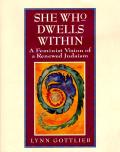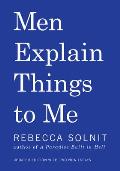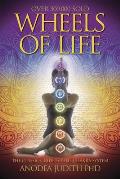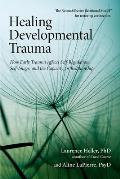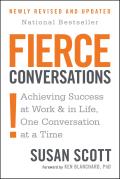Subtitle: A Feminist Vision of a Renewed Judaism
Recommended to me by: Orasimcha Batdina
I loved this book. Lynn Gottlieb talks about exactly what I needed to hear, that other women find Judaism to be hostile ground. I cheered on her battle to make that hostile world hers in a new way, and winced at the ways men fought to suppress her.
“Women need a new situation. In a Jewish context, we need to transform the way we talk Torah, the way we practice ceremony and ritual, the way we tell and pass on stories, the way we codify laws, the way we organize our communities, and the way we envision sacred mysteries.” Yes!
Also it doesn’t hurt that she chooses a dragon (longtime favorite symbol of mine) to represent Shekhinah.
I appreciated the links between Judaism and the pre-existing Goddesses in the Middle East. I’ve worked with the Descent of Innana without realizing the story might be part of my heritage. Yes, we need stories about women that resolve in powerful, healing ways, not just, “And then she got married and had a son.”
I appreciated re-imagining keeping kosher as caring for the environment. I hadn’t viewed that as a directly spiritual act before, although it makes sense now that I think about it.
I also appreciated the section on recovering from violence and abuse, although there was a bit of “help them recover” about it.
Perhaps someday I’ll come back to the book for some of the re-imagined rituals it offers. For now, it’s the company I enjoy.
Highly recommended.

